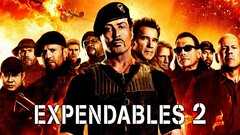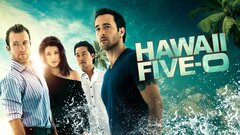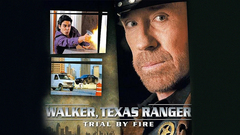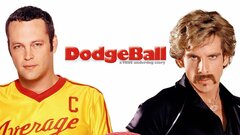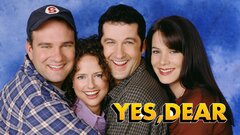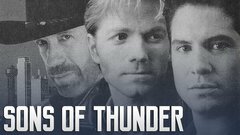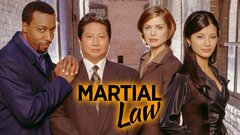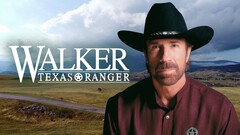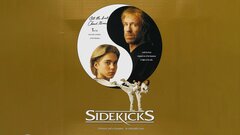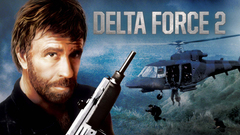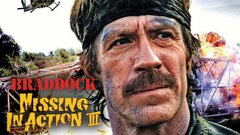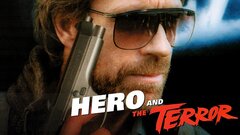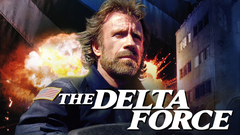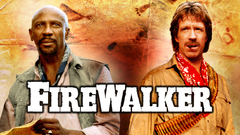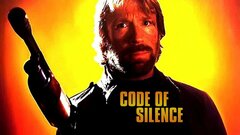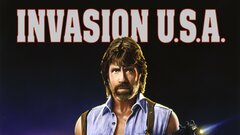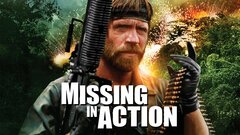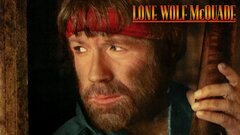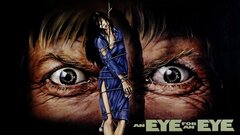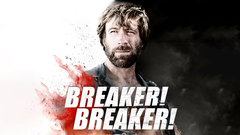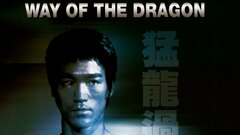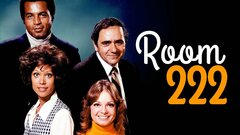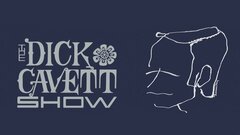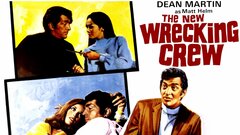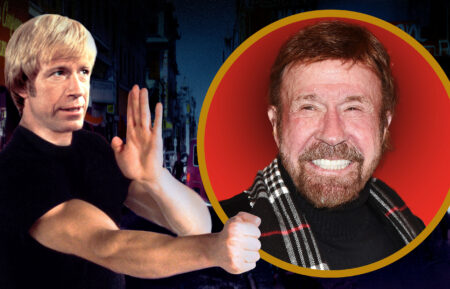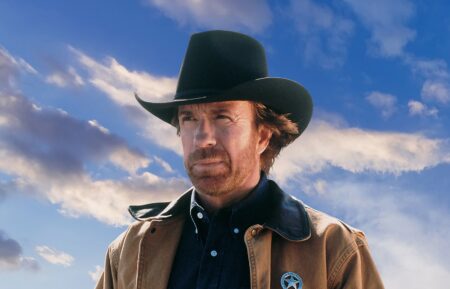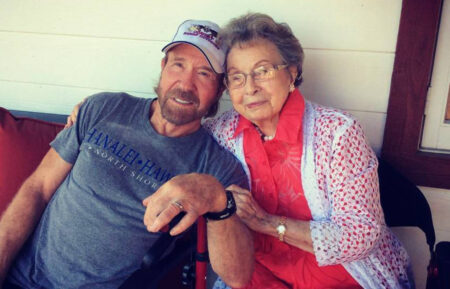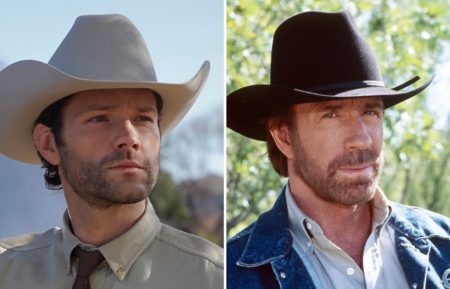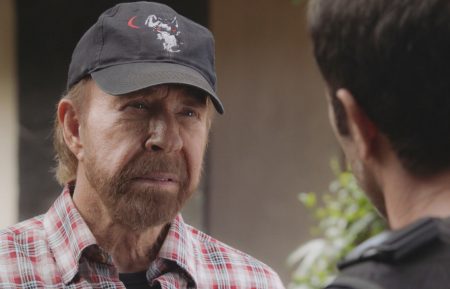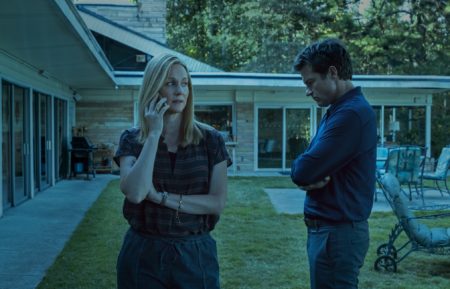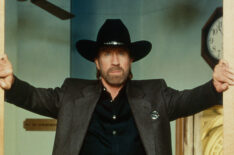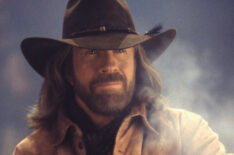A martial arts master and competitive champion, Chuck Norris followed in the footsteps of Bruce Lee to become a popular action star on the big screen, before having his greatest success on television as the star of "Walker, Texas Ranger" (CBS, 1993-2001). In fact, Norris made one of his first feature impressions playing the villain opposite Lee in "Way of the Dragon" (1972), before branching out as the star of surprising box office hits like "Breaker! Breaker!" (1977) and "Good Guys Wear Black" (1978). He made his first studio film with "Silent Rage" (1982) and had one of the biggest hits of his career with "Lone Wolf McQuade" (1983).
Following on both of those successes, Norris delivered perhaps his most popular movie, the action-packed "Missing in Action" (1984), which also spawned two sequels. Norris received his acting with his turn as a hard-working cop in "Code of Silence" (1986), before topping the box office again with "Delta Force" (1986). He also drew sizeable ratings for eight seasons on "Walker," and later became Internet-famous for the tongue-in-cheek Chuck Norris Facts, all of which he weathered with typical good humor.
Born Carlos Ray Norris on March 10, 1940 in Ryan, OK, Norris was one of three sons raised by his father, Ray, a truck driver and mechanic, and his mother, Wilma. As he described later in life, Norris' childhood was an unhappy one - his father was an alcoholic and his parents eventually split when he was a teenager. He went on to live with his mother in Kansas, before settling in Torrance, CA. His experiences at North Torrance High School proved to be equally unpleasant for Norris.
Mocked for his mixed heritage - his father was Cherokee - and painful shyness, he pined for a semblance of strength and focus in his life, which he found just a few years later by joining the military. After graduating North Torrance High School in 1958, Norris took bold strides to gain control of his future. He married Diane Holecheck that same year and joined the United States Air Force, which shipped him to South Korea to serve as an Air Policeman. While there, he developed a fascination for martial arts and began training extensively in Tang Soo Do, a Korean style of self defense, and eventually worked his way up to black belt.
In 1962, he was sent back to the United States and honorably discharged from the military in August that same year. Norris then went to work for the Northrop Corporation while training for and competing in numerous martial arts tournaments.
Norris' tournament record began with a two-year string of defeats starting in 1964. But by 1967, he had claimed the National Winter Karate Championship and the All-Star Championship, and was soon declared Middleweight Karate Champion in 1968. The following year, Norris swept the tournaments and was declared "Fighter of the Year" by the popular Black Belt magazine. Norris soon parlayed his wins into a string of martial arts schools throughout Southern California, where he taught his own martial arts style, Chun Kuk Do, or "Universal Way."
Steve McQueen's son Chad was among his students and the actor was instrumental in encouraging Norris to pursue his own career in movies. He made his first onscreen appearances in cameos for "The Green Berets" (1968) and the Dean Martin spy spoof "The Wrecking Crew" (1969). Meanwhile, the 1970s marked a period of exceptional change in Norris' life. He suffered a tremendous tragedy in the first year of the decade when his brother, Weiland, was killed while serving in the Vietnam War.
Norris rebounded from the loss and finished his professional tournament career on a high note with a win in 1970. Following a draw in 1972, Norris announced his official retirement in 1974.
Also at the time, Norris made the acquaintance of fellow martial arts champ, Bruce Lee, who was enjoying massive popularity in Asia and America with his action films. Lee tapped Norris to play the villain in his martial arts feature "Way of the Dragon" (1972). Their elaborate fight sequence, which took place in Rome's Coliseum, was the highlight of the film and an immediate fan favorite. At the behest of McQueen, Norris began taking acting classes at MGM Studios to expand his range, which resulted in substantial roles in low-budget features. But his initial movies were dreadful: "The Student Teachers" (1973) was a sexploitation thriller from Roger Corman's New World Pictures, while "Slaughter in San Francisco" (1974) cast Norris as a karate killer in an American-Hong Kong co-production.
Despite the dreadful aesthetics, both proved to be moneymakers on the drive-in and grindhouse circuits. Norris worked his way up to his first starring role in "Breaker! Breaker!" (1977), which combined his martial arts skills with then then-popular CB radio craze. The action-driven story featured Norris as a trucker who saves his brother from a corrupt sheriff.
Critics lambasted both the film and Norris for his wooden performance, but the picture performed well at the box office and launched his career as an action hero in earnest.
Norris' next film, "Good Guys Wear Black" (1978), was a more impressive showcase for his martial arts skills, featuring both his trademark roundhouse kick and a flying kick through the windshield of a moving car. He slowly worked his way through the independent feature world, expanding his profile with each subsequent feature in an attempt to make himself more palatable to mainstream audiences. Critics were brutal to him throughout this period, citing his stoic screen presence, but action fans ignored their cries and flocked to theaters to see him in "A Force of One" (1979), "The Octagon" (1980) and "An Eye for an Eye" (1981).
Meanwhile, Norris made his first feature for a major Hollywood studio with "Silent Rage" (1982), a tawdry mix of his martial arts action and slasher films which pitted his small-town sheriff against a psychopathic killer genetically engineered by a mad scientist (Ron Silver). Its modest box office returns sent Norris packing to MGM for the more straight-ahead actioner "Forced Vengeance" (1982), which he hoped would catapult him to Clint Eastwood's level of stardom, but the movie ultimately proved unsuccessful. His career resumed its winning streak with "Lone Wolf McQuade" (1983), a cartoonish action-adventure that led to a long relationship with independent studio Cannon Films, which resulted in the biggest hits of Norris' career and his transition from B-movie star to Hollywood leading man.
Norris went on to star in one of his most popular movies, "Missing in Action" (1984), a jingoistic but action-packed military adventure where he played a former POW who returns to Vietnam to rescue former comrades still held hostage by Communist forces. A massive hit for the studio and the actor, the film was immediately followed by a prequel, "Missing in Action 2: The Beginning" (1985) which took place during Norris' internment in Vietnam.
The film was actually set for release prior to "Missing in Action," but Cannon relented on the period piece in favor of the modern-day adventure. It was followed by a less successful third film, "Braddock: Missing in Action III" (1988), which marked the directorial debut of brother Aaron Norris, who had served as a stuntman on many of his brother's pictures, and would subsequently direct most of his features and television efforts.
Prior to that, Norris earned near-universal positive reviews for the first time with "Code of Silence" (1986), in which he had the chance to play a real, hard-working Chicago cop instead of an indestructible fighting machine. Unfortunately, the movie performed only moderately well at the box office, forcing Norris back to comic book adventures like "Invasion U.S.A." (1985), in which he single-handedly fended off the Communist armies of Russia and Cuba in their attempt to overthrow the American government. The film was a substantial hit.
Norris followed up with another box office smash, "The Delta Force" (1986), where he teamed up with Lee Marvin - in his final film role - as American commandos who are dispatched to rescue a planeload of American and Israeli passengers from Palestinian terrorists.
By the mid-1980s, Norris was firmly entrenched as one of Hollywood's leading action heroes, enjoying the exposure and access that status granted him. In 1988, he published his autobiography, The Secret of Inner Strength, which managed to make the bestseller lists. He also launched his own youth programs, including Kick Start, which gave middle school children the inner strength and discipline he so craved at that age through martial arts training.
Norris further expanded his connection to younger fans with his own cartoon series, "Chuck Norris Karate Kommandos" (syndicated, 1986-87), which featured the actor delivering a moral-heavy message at the end of each episode. But while his public profile increased, his movie career began to falter, starting with "Firewalker" (1986), an Indiana Jones-style adventure with Louis Gossett, Jr. that failed in its attempt to show Norris' comedic side.
Norris' slide continued when the third "Missing in Action" installment and "Hero and the Terror" (1988) also failed to connect with his fan base, while "Delta Force 2: The Columbian Connection" (1990) barely earned a theatrical release from MGM, which picked up the flick after acquiring Cannon Films' library.
The studio filed for Chapter 11 bankruptcy in the late 1980s before undergoing protracted death throes which resulted in its complete dissolution in the early 1990s, leaving Norris without a studio contract. He slogged through subpar efforts for the next few years before striking on the idea of creating his own television series.
Initially envisioned as a continuation of his "Lone Wolf McQuade" character, "Walker, Texas Ranger" (CBS, 1993-2001) was streamlined by the network into a straight-ahead action-adventure series with Norris as a Native American Texas Ranger who dispenses justice with his feet and fists instead of a gun. Despite the prevalence of fight scenes and other intrigue, the show was largely family-friendly and featured numerous uplifting storylines and moral-driven scripts.
Critics pounced upon the show over Norris' B-movie background, his crooning of the title song, and the show's fanciful elements - Walker's martial arts always trumped any villain, no matter how heavily armed - and spiritual elements, including numerous appearances by helpful ghosts, were prevalent, but audiences seeking escapist television clung to it faithfully for eight seasons.
After "Walker, Texas Ranger" left the airwaves in 2001, Norris tried to resume his film career, only to be met with little success. He made a few made-for-television movies, including "The President's Man" (CBS, 2000), which saw Norris play a university professor by day, secret agent by night, followed by the sequel, "The President's Man: A Line in the Sand" (CBS, 2002).
A cameo as himself in episodes of the sitcom "Yes, Dear" (CBS, 2000-06) was followed by a revival of martial arts ranger Cordell Walker for the television movie, "Walker, Texas Ranger: Trial by Fire" (CBS, 2005).
In 2006, Norris became the subject of an Internet phenomenon, Chuck Norris Facts, a satirical look at the action star's tough, alpha-male persona, which included such gems as "Chuck Norris can slam a revolving door," and "Chuck Norris does not get frostbite. Chuck Norris bites frost."
Meanwhile, as a life-long Republican, Norris entered the 2008 presidential race as an avid campaigner for former Arkansas governor Mike Huckabee, who made an ultimately failed run for the nomination. Having found another niche, Norris delved further into politics, writing a column for the right-wing website, WorldNetDaily, and filling in for the likes of Sean Hannity on the host's Fox News program. Of course the desire to appear on screen was never extinguished and Norris joined an all-star cast that included a smorgasbord of action stars like Jason Stratham, Jet Li, Jean-Claude van Damme, Bruce Willis and Arnold Schwarzenegger for Sylvester Stallone's sequel, "The Expendables 2" (2012).
By Shawn Dwyer






